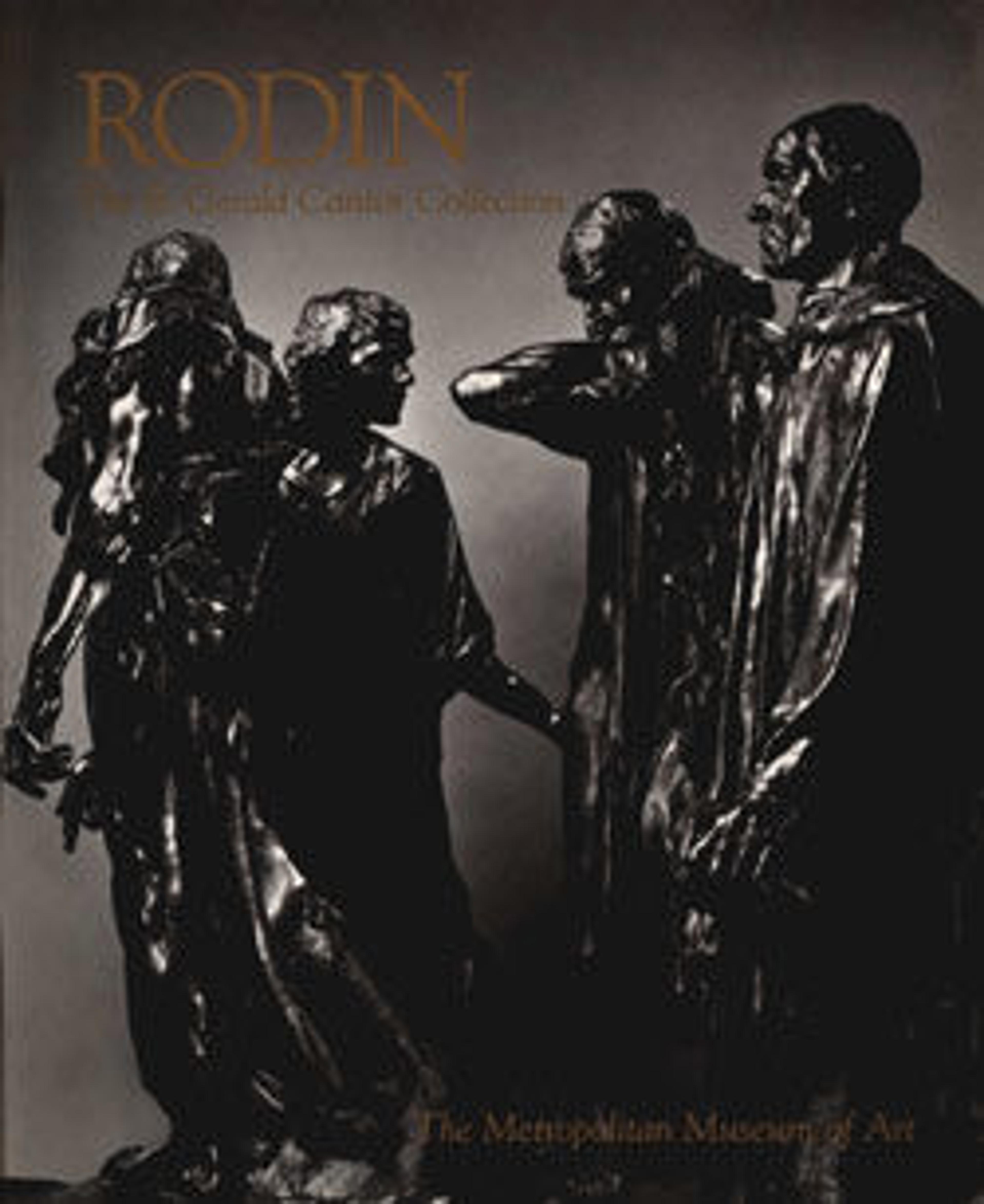Victor Hugo (three-quarter view)
The author of Notre-Dame de Paris(1831) and Les Misérables (1862) was an old man when Rodin proposed to make his portrait. Hugo's patience with sittings had been strained to the breaking point by another sculptor whose efforts are reported to have produced a mediocre bust. Moreover, Hugo's devoted mistress Juliette Drouet was dying of cancer. Details of the story vary, but the earliest published accounts agree that Rodin was permitted to be present in the Hugo household and to make sketches, but that the poet would not actually pose. Rodin made dozens of drawings from every possible viewpoint, some rapidly sketched on the spot and others from memory, before being allowed to set up a modeling stand in an out-of-the-way corner to work in clay. From these preliminaries Rodin created the bust of Hugo that he first exhibited at the Salon of the Société des Artistes Français in 1884. A series of splendidly executed prints followed. The fifth state of this Three-Quarter View was published in the journal L'Artiste in February 1885.
Artwork Details
- Title:Victor Hugo (three-quarter view)
- Artist:Auguste Rodin (French, Paris 1840–1917 Meudon)
- Sitter:Portrait of Victor Hugo (French, Besançon 1802–1885 Paris)
- Date:1885
- Medium:Drypoint on laid paper; second state of eight
- Dimensions:Image: 7 5/8 x 5 7/16 in. (19.4 x 13.8 cm)
Plate: 8 7/8 x 6 15/16 in. (22.5 x 17.6 cm)
Sheet: 11 1/4 x 8 1/2 in. (28.5 x 21.6 cm) - Classification:Prints
- Credit Line:Rogers Fund, 1916
- Object Number:16.37.2
- Curatorial Department: Drawings and Prints
More Artwork
Research Resources
The Met provides unparalleled resources for research and welcomes an international community of students and scholars. The Met's Open Access API is where creators and researchers can connect to the The Met collection. Open Access data and public domain images are available for unrestricted commercial and noncommercial use without permission or fee.
To request images under copyright and other restrictions, please use this Image Request form.
Feedback
We continue to research and examine historical and cultural context for objects in The Met collection. If you have comments or questions about this object record, please contact us using the form below. The Museum looks forward to receiving your comments.
